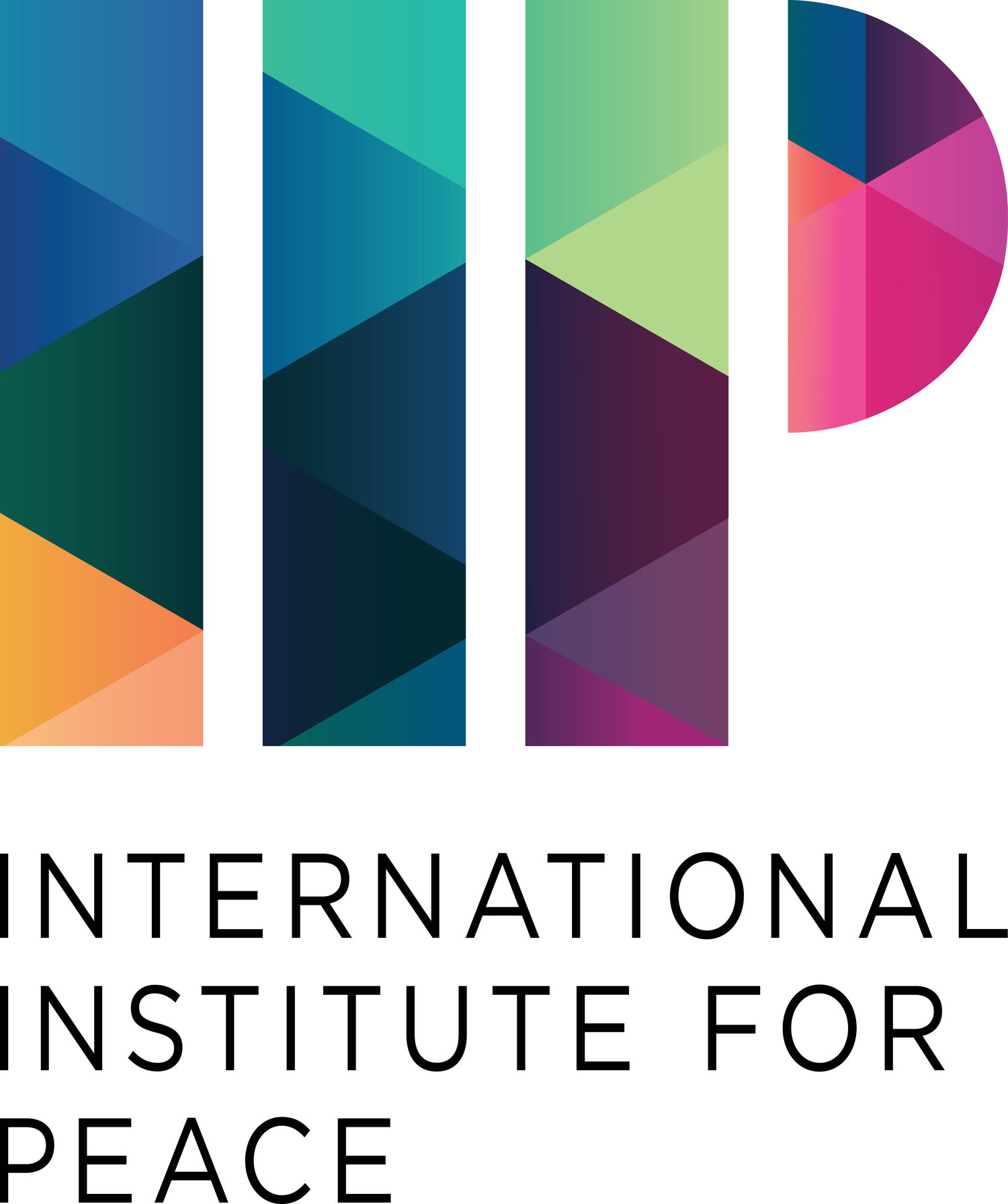This June, the Austrian Centre for Peace, in collaboration with the International Institute for Peace, the Agency for Peacebuilding, and the Open PeaceTech Hub, hosted the inaugural Digital Peace Camp in Vienna. The event brought together peacebuilders and technology enthusiasts to explore the intersection of peace and technology, addressing the pivotal question: Is PeaceTech a breakthrough or merely a buzzword?
Photo: Marylia Hushcha (IIP), Nathan Coyle (ACP) & Bernardo Venturi (AFP)
We believe PeaceTech should be open, transparent, and accessible wherever it can be, provided that sensitive data permits. If it’s not, as we discovered during the event, what is the point of it? Embracing the open-source mentality, which promotes freely accessible and modifiable software, we will provide you with participant feedback from the day in this blog. We hope this can support other digital peace projects in formulating outreach based on real voices.
The camp kicked off with an introduction to PeaceTech, explaining its applications in various domains such as Communication and Mediation, Data Analysis and Early Warning Systems, Digital Storytelling and Empathy, Education and Digital Literacy, and Cybersecurity and Digital Protection.
Activity 1: Defining PeaceTech
Participants were challenged to formulate a definition of PeaceTech that would resonate with peacebuilders, particularly those who might not be tech-savvy. The activity yielded rich discussions, with groups highlighting various aspects:
Group 1 emphasized themes such as funding, conflict resolution, transformation, advocacy, and inclusion. They also noted the importance of addressing disinformation and considering both the risks and benefits of technology in peacebuilding.
Group 2 focused on the transformative and enabling aspects of PeaceTech, describing it as disruptive yet beneficial, with the potential for significant social impact. They also highlighted its role in education and bridge-building.
Group 3 delved into the complexities, mentioning the need for expertise and the potential for human rights risks. They also noted the vagueness of the concept and the crucial role of regulation in this field.
Photo: Participants hard at work
Digital Technologies and Peace
Bernardo Venturi from the Agency for Peacebuilding presented his paper "Digital Technologies and Peace," highlighting how digital technologies can contribute to more equitable, effective, and sustainable peace processes. The report offered recommendations such as overcoming resistance to technology, raising awareness among donors, and increasing knowledge of PeaceTech.
Addressing the Digital Divide
The workshop then shifted focus to the digital skills gap in peacebuilding. Participants recognized that many peacebuilders and field workers, while experts in local issues and socio-economic situations, may not be well-versed in the latest technological trends.
Nathan Coyle from the Austrian Centre for Peace presented research from his book "Open Data for Everybody: Using Open Data for Social Good," (Routledge, June 2024) emphasizing the importance of community-centric narratives and building communities around digital outreach for effective policy implementation.
Activity 2: Bridging the Digital Divide
Participants brainstormed solutions to bridge the peacebuilding digital skills gap and strategized outreach methods. Their ideas included:
Group 1 suggested creating free manuals and guides with Creative Commons licenses, developing media literacy guides, and using podcasts or internet radio stations for outreach. They also emphasized the need for software translations and addressing the low level of digital literacy among peacebuilders.
Group 2 focused on developing tech skills, considering local technological standards, and adopting a common understanding between different actors. They stressed the importance of collective ownership and technical expertise.
Group 3 highlighted the need for a multi-stakeholder perspective, cross-disciplinary approaches, and overcoming Eurocentrism through proper needs assessments. They also emphasized the importance of language translations and ensuring the legacy and sustainability of digital peace initiatives.
Photo: Clusters of debate and exchange of knowledge
In conclusion, the Digital Peace Camp provided a platform for passionate and engaged groups to explore the potential of technology in peacebuilding. It highlighted both the opportunities and challenges in this emerging field, emphasizing the need for inclusive, culturally sensitive, and sustainable approaches to PeaceTech.
As we move forward, it's clear that bridging the digital divide and ensuring that PeaceTech truly serves the needs of communities will be crucial. The insights and ideas generated during this camp will undoubtedly contribute to shaping the future of digital peacebuilding initiatives.




